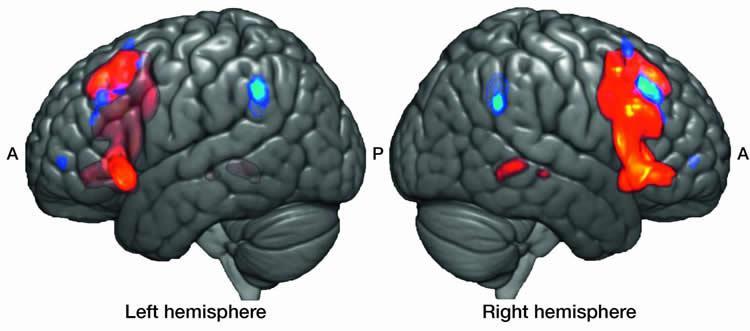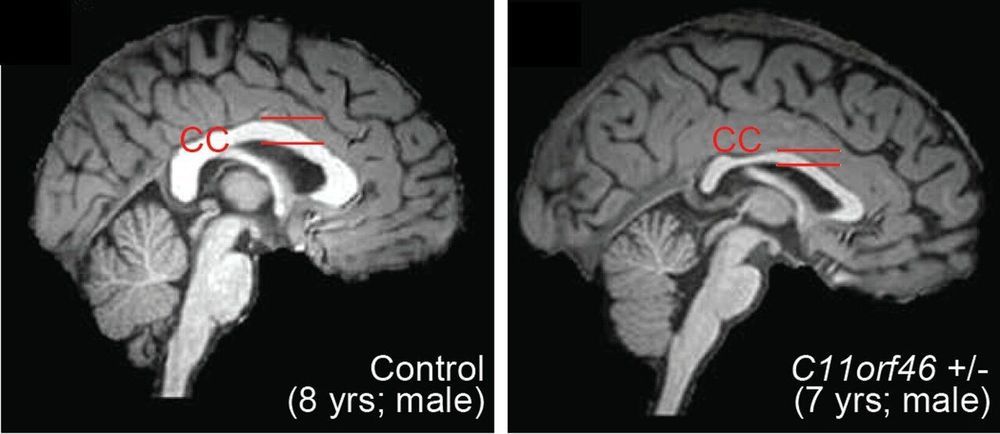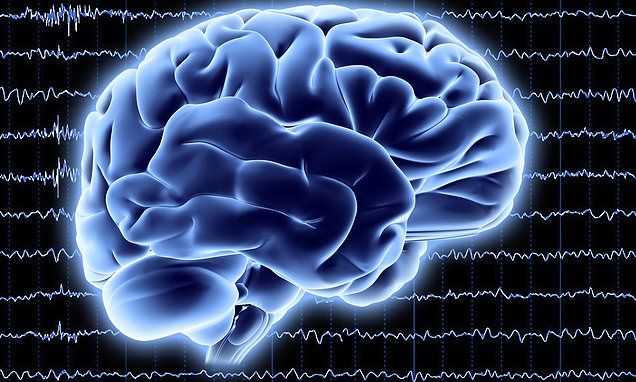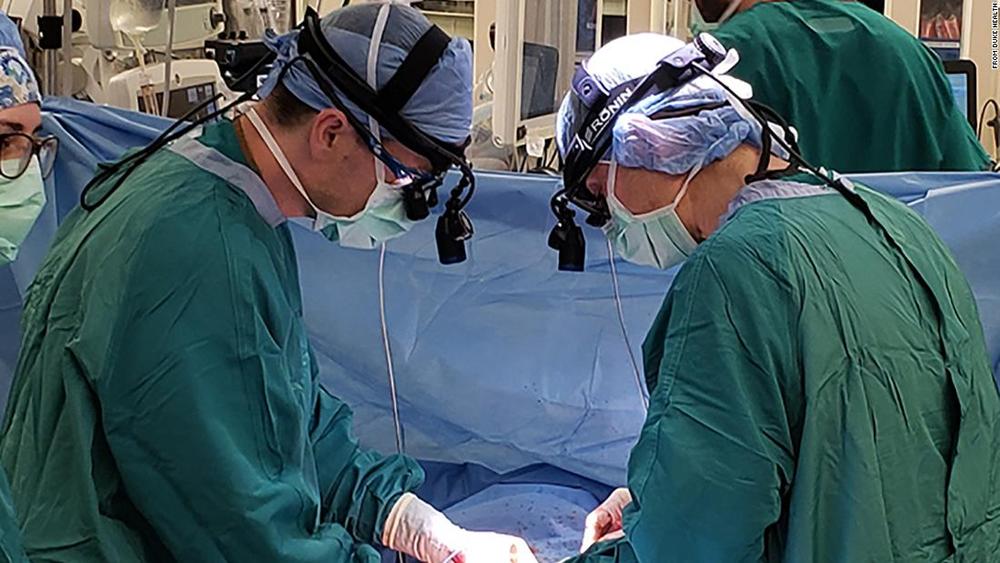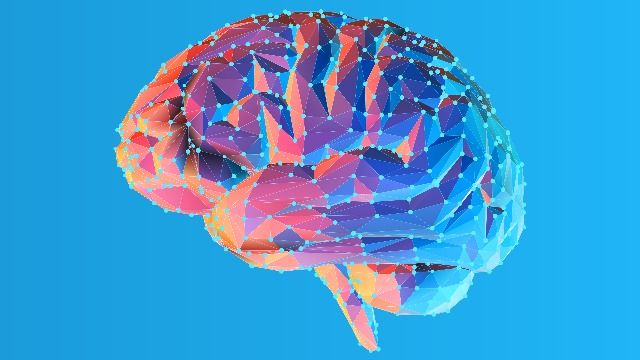The procedure, donation after circulatory death or DCD, involves taking organs from a donor whose heart has stopped beating after being taken off of life support after a fatal injury or illness when there is no potential for recovery.
Conventional organ donations occur after brain death, which means that while all brain functions have stopped and the person is legally and clinically dead, machines can continue to keep oxygen and blood flowing throughout the body, preserving the healthy organs for donation.
After a circulatory death, however, organs are deprived of oxygen as the circulatory system shuts down, potentially damaging the donor organs and making it difficult to use them for transplant.

